Online Audio Spaces Update: New Features for Virtual Event Organizers
It’s been about 8 weeks since we launched High Fidelity’s new audio spaces in beta. We really appreciate all the support, particularly if you have ...
The High Fidelity team spends a whole lot of time in VR, so as you might imagine, we’re very interested in compelling avatars that represent us well in the metaverse. Some of us prefer photorealistic avatars, and others a more stylized look, but the common denominator has been the desire for an avatar that resembles what we look like in real life. To get that, our team members went with a 3D body scanning solution called Doob 3D.
What’s Doob 3D?
Doob 3D is a full service 3D tech company founded in Dusseldorf, Germany, with regional HQs in NYC and Tokyo, as well as stores in San Francisco, Los Angeles, and New York. The company defines a “ doob™” as “a photo-realistic 3D printed replica of you.” That sounded good to us, and since we’re in San Francisco, we made an appointment at their store.
Day of The Appointment
The High Fidelity team arrived at the Doob showroom and took turns getting scanned. The capture process happened in the blink of an eye — you step into a photo-booth named “doob-licator™” with wall-to-wall cameras and snap, you’re done. Typically, Doob uses the scan data to produce physical statuettes and the technology has wide application in various industries. In our case, we wanted our digital representations in VR. Instead of getting a 3D physical model mailed, Doob sent us our high resolution 3D source models within two weeks.
The digital models looked amazing with high resolution scan data. In order to fit our VR needs, however, we needed to find a way to convert the scanned models into High Fidelity ready avatar form — in their initial state, the models were too heavy for real-time rendering. Here’s how they looked before conversion, as they came to us from Doob:
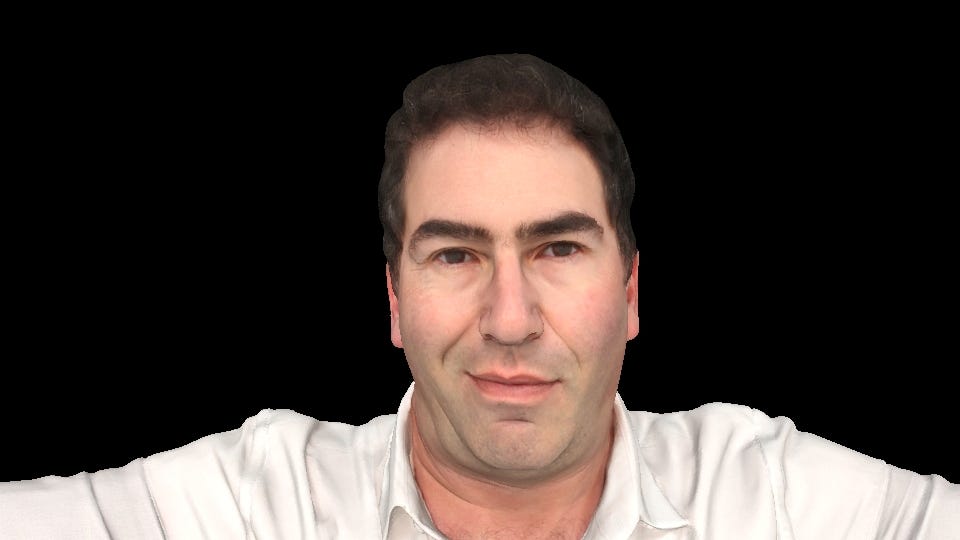
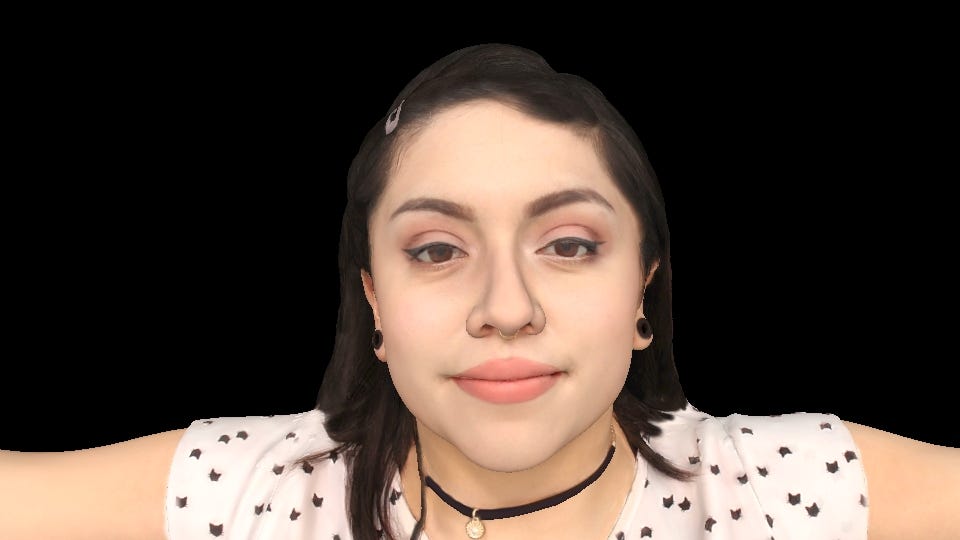
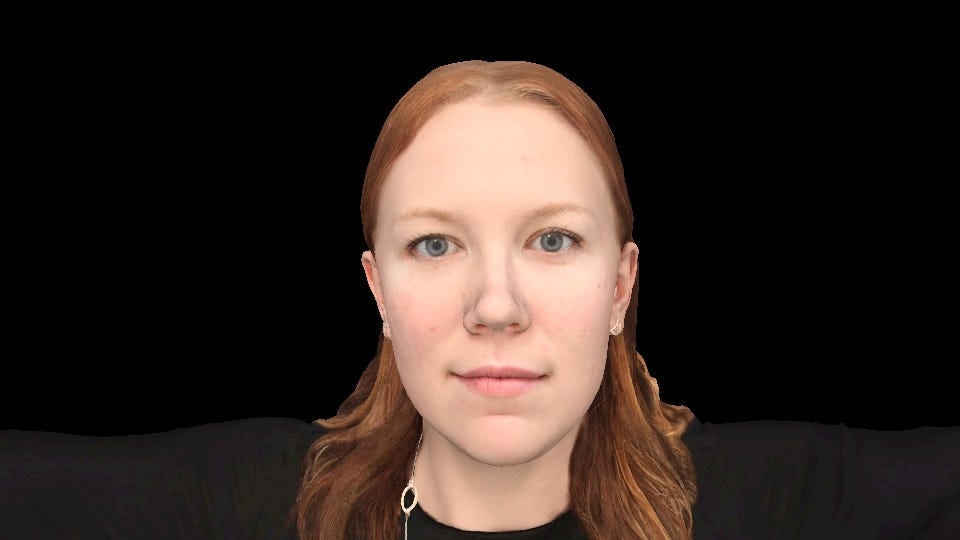
For facial modifications, we used Wrap3 to shrink-wrap our standard High Fidelity avatar model onto the scanned model and transferred the skin textures. We paid extra attention during this process, as a person’s portrait is a delicate balance of their skin color and the shape of their face (with tender loving care on the eyes in particular). Here’s how they came out post-wrapping and make-up application:
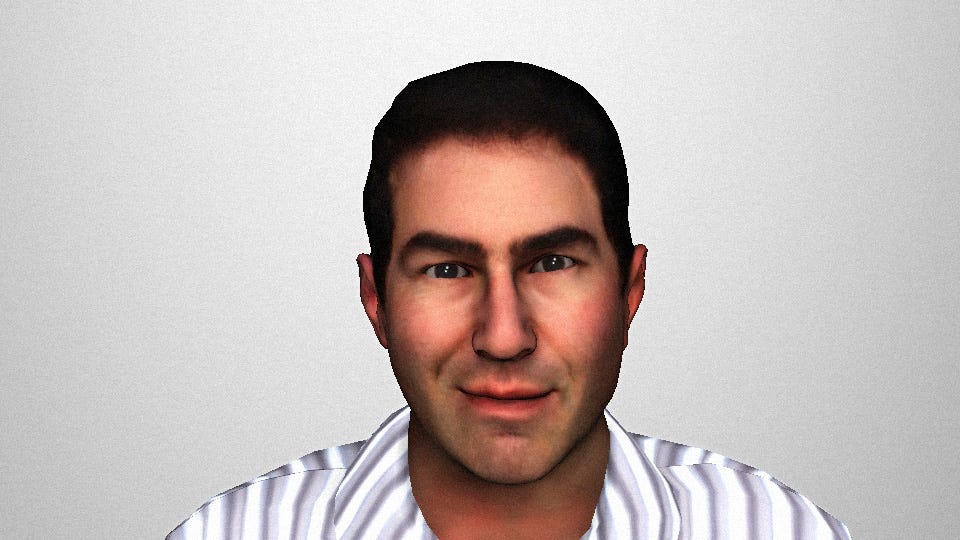
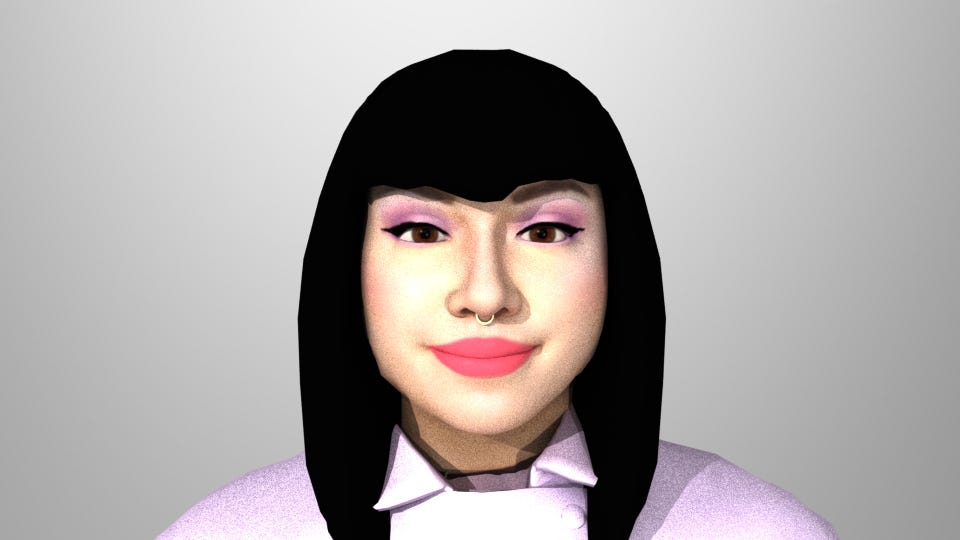
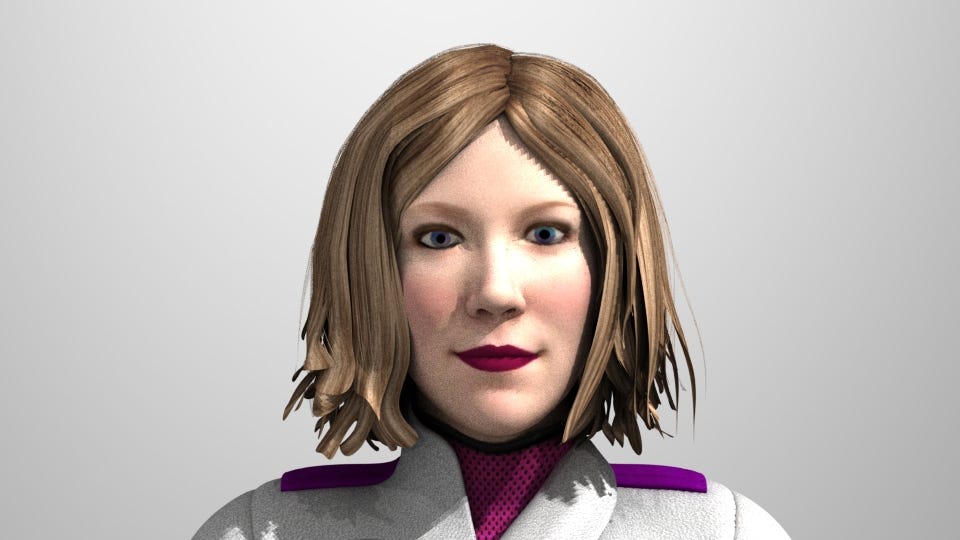
Once we were each happy with our avatars’ faces, we focused our attention on clothing. For this, we used Fuse and Daz to dress the avatars. Custom clothing allowed the team to really express themselves, whether they wanted rendering of their actual clothes or something more fantastical. And last, we used the Fuse auto-rigger product feature to product the avatar control-rigs.
Then our avatars were ready for High Fidelity!
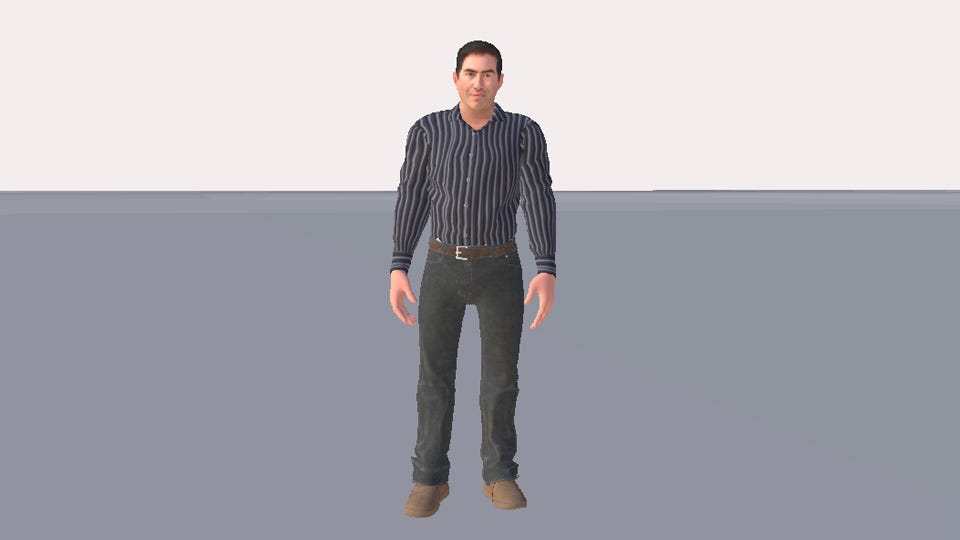
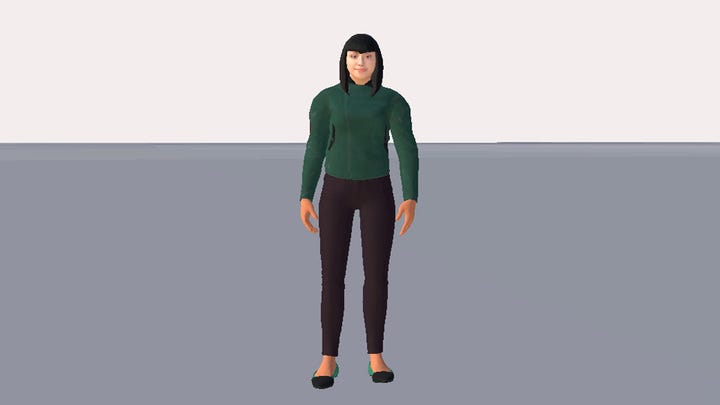
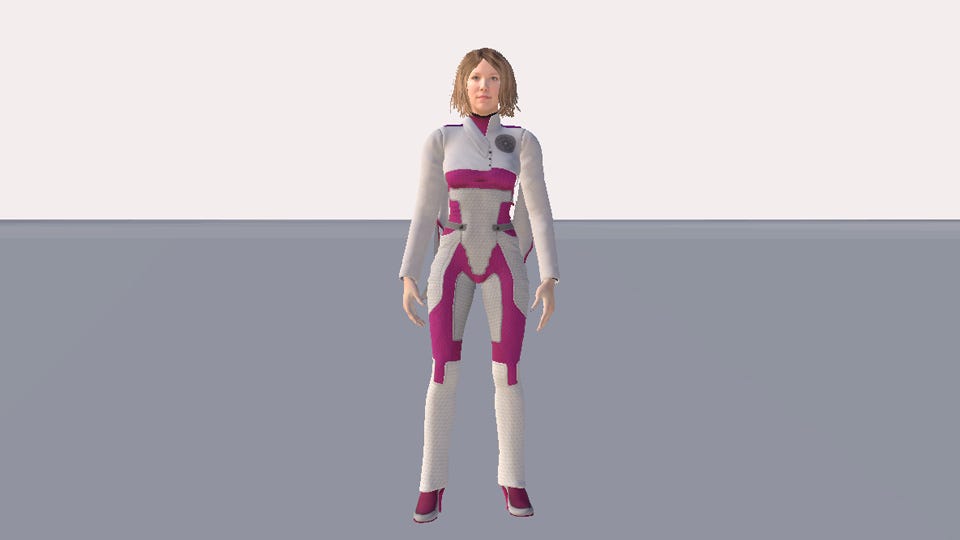
Since the trip, our team has been using their digital 3D doubles to attend virtual meetings, play games, and attend various events and parties in-world at High Fidelity.
Learn To Create Your Own
Of course, doing a full 3D body scan may be one of the more challenging methods due to upfront cost and visiting a physical location. Or, it just may not be your thing. Other methods of avatar creation and customization exist if this is not a feasible option for you!
Want to learn more on how to create and customize your own avatar for High Fidelity? Please visit our YouTube playlist that contains step-by-step instructions to get you going on creating your own digital identity in VR.
Happy creating!
Related Article:

by Ashleigh Harris
Chief Marketing Officer
It’s been about 8 weeks since we launched High Fidelity’s new audio spaces in beta. We really appreciate all the support, particularly if you have ...
Subscribe now to be first to know what we're working on next.
By subscribing, you agree to the High Fidelity Terms of Service